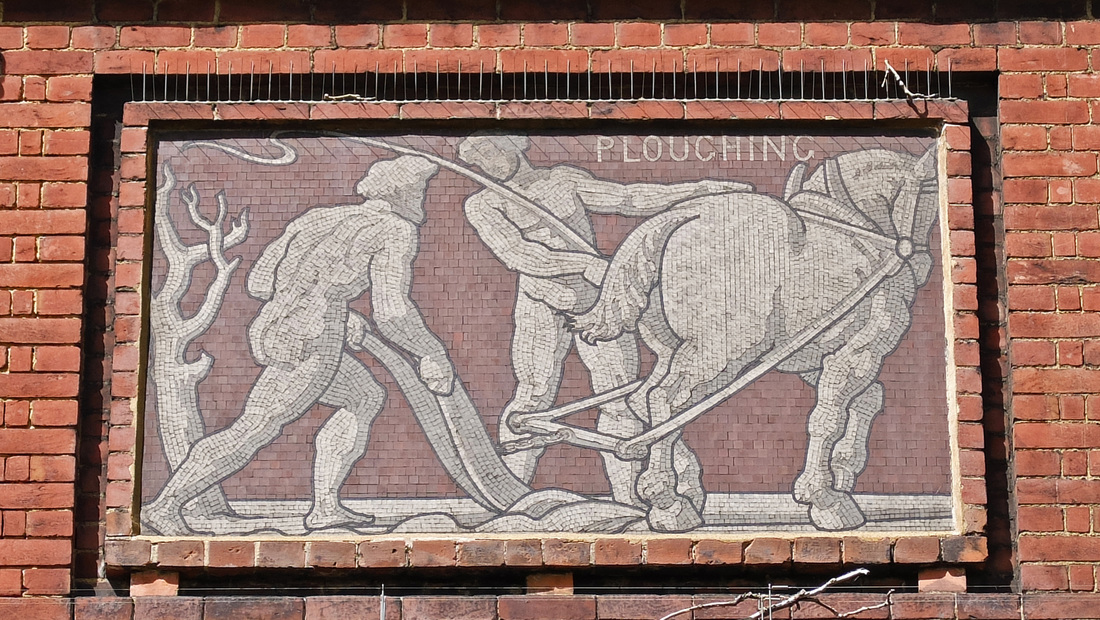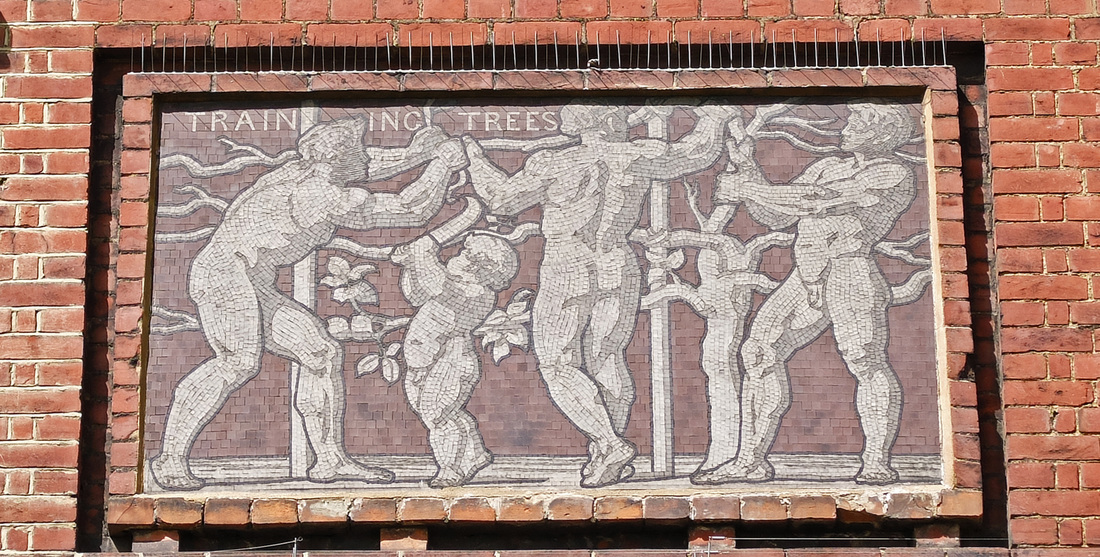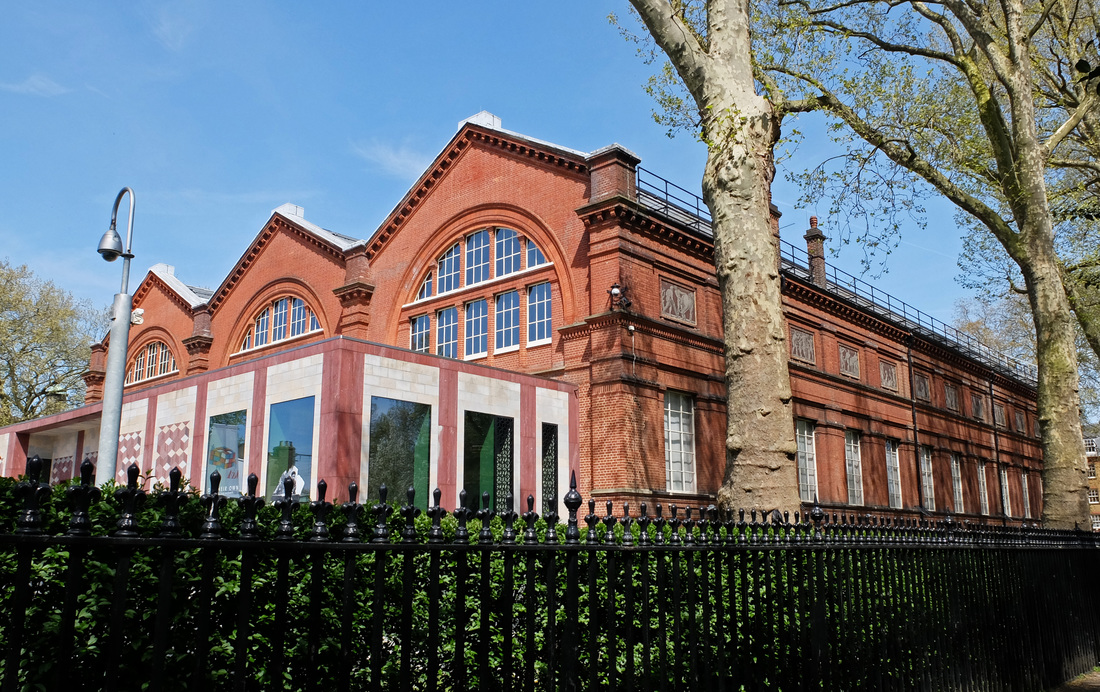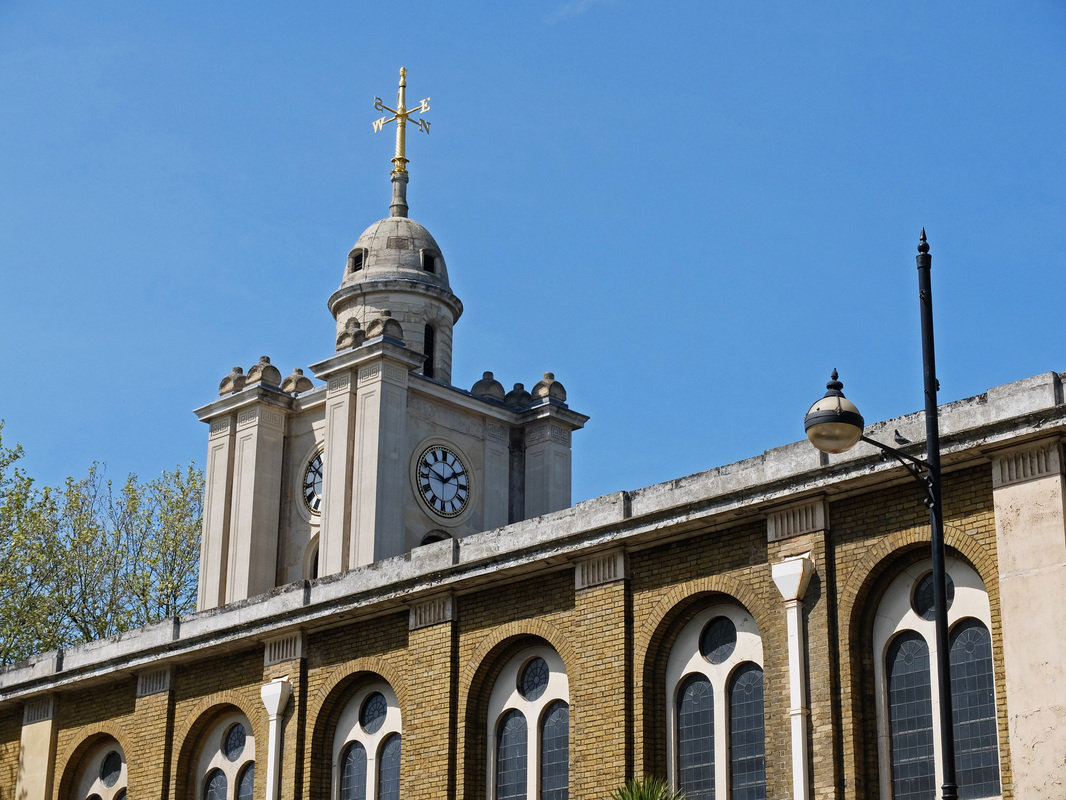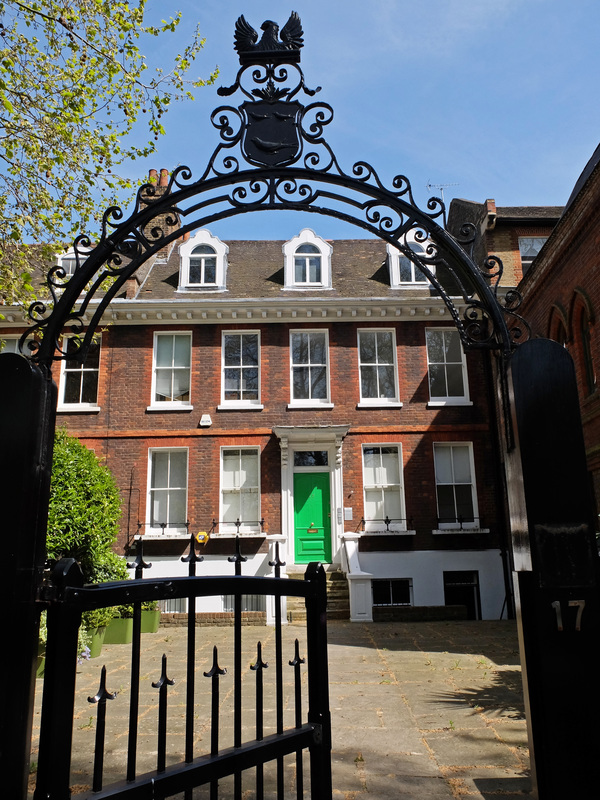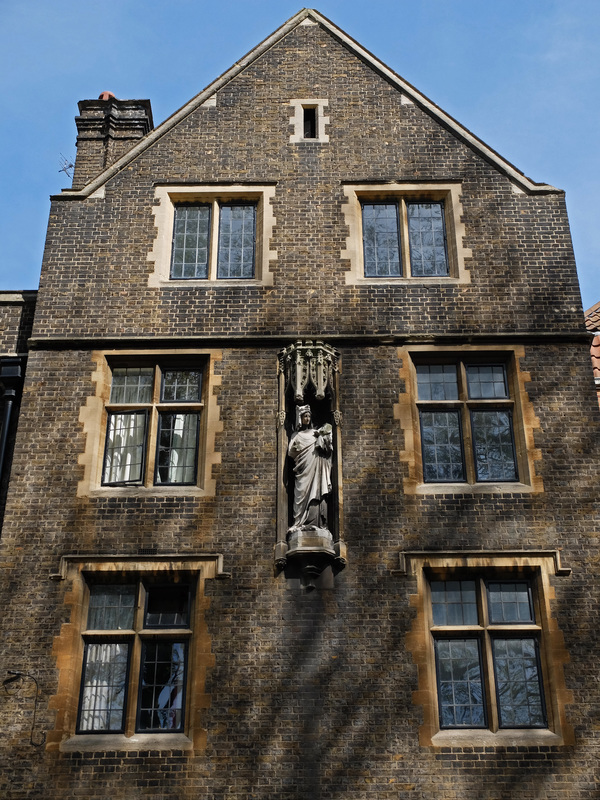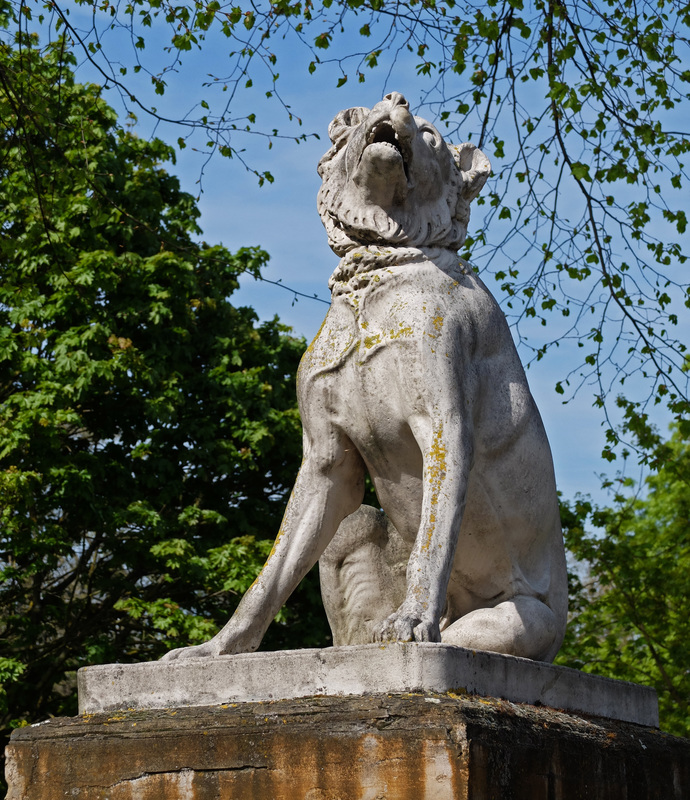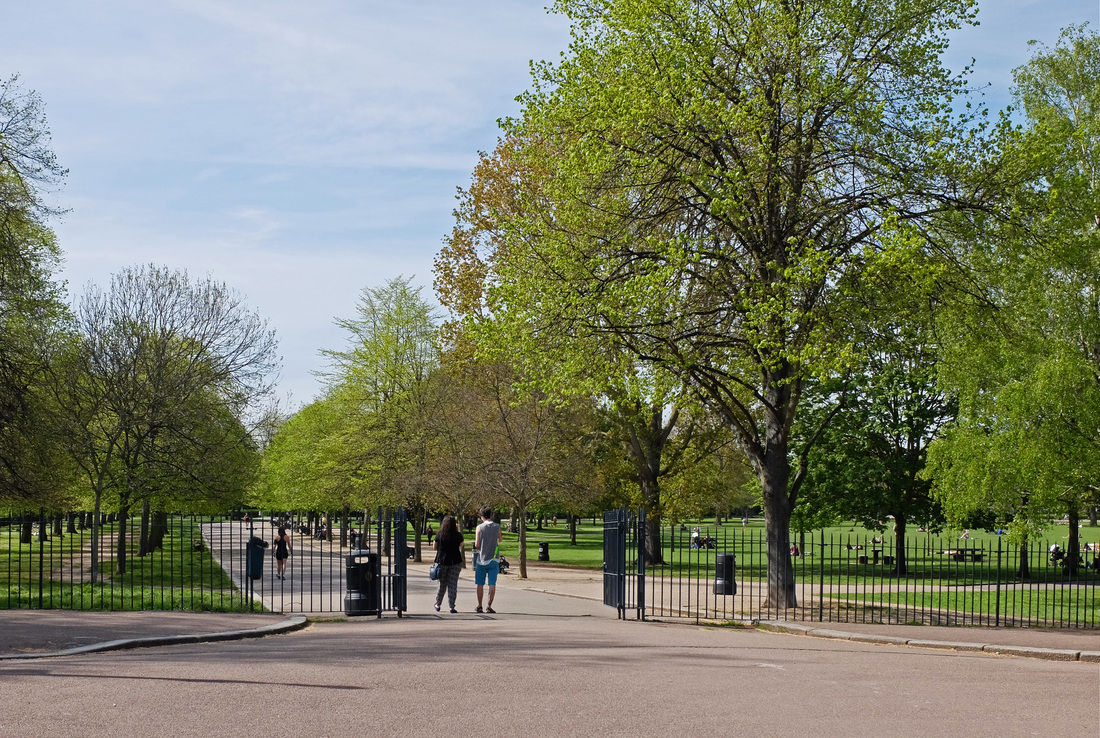|
Did you know? There was a Tudor song told a story about the Blind Beggar of Bethnal Green - a poor man who gave a generous amount of money for his daughter's wedding. |
|
In the Tudor period, Bethnal Green was a small village surrounded by fields for agriculture and opportunities for hunting. By the 17th century, London grew rapidly. Several Huguenots came to the area at the end of the 17th century and established a silk-weaving industry. . Other industry included beer making (in breweries) and brick making (for the number of houses being built). By the 19th century, Bethnal Green became an area of slums and poverty. By the end of the century, some of the worst slums in London were here. By 1900 work was done to remove the slums and build the first public housing estates. |
We meet at Bethnal Green Station. We introduce ourselves over coffee before beginning the walk. |
On the walk we see:
... and more |
|
Did you know?
During the 1700s, the area became associated with boxing. Daniel Mendoza was a boxking champion who spent most of his adult life living in Bethnal Green. |
History notes will be given at the end.
